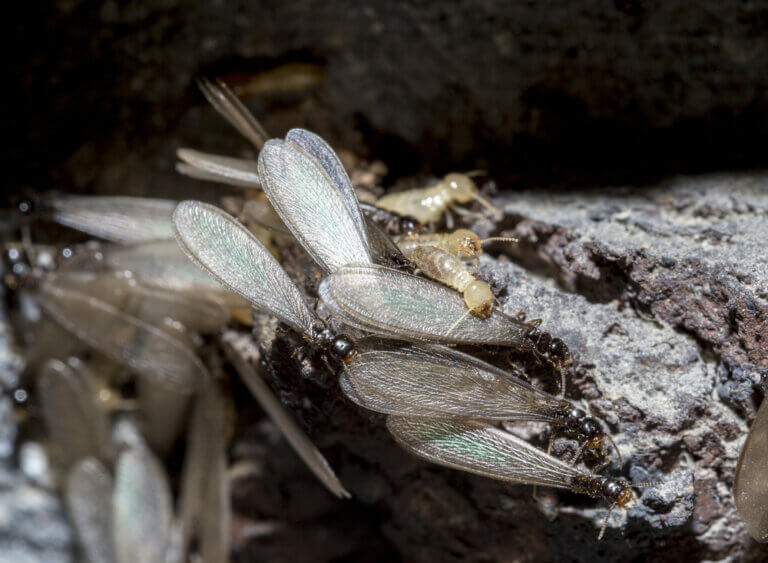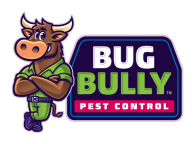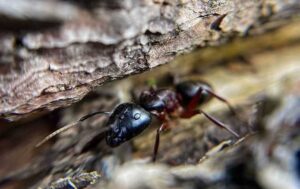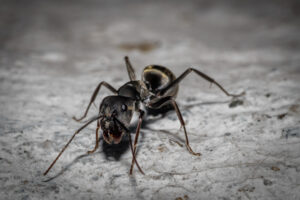- Termites, like ants and bees, are social insects living in colonies.
- With a lineage over 250 million years, termites are ancient insects.
- There are over 2,800 known termite species globally.
- Many termites are infamous for damaging wood structures.
- They’re dubbed “silent destroyers” for causing unnoticed structural damage.
- Termites boast a unique digestive system aided by gut microorganisms.
- Termite queens can live over 25 years and lay thousands of eggs daily.
- Termite kings play a less active role, mainly mating with the queen.
- Colonies have different castes: workers, soldiers, and reproductives.
- Some termite species construct elaborate mounds as nests.
- Mound ventilation systems maintain a consistent temperature.
- Communication relies on pheromones to coordinate colony activities.
- Many termite soldiers are blind, relying on chemical signals for defense.
- Symbiotic relationships with gut microorganisms aid cellulose digestion.
- Termites are nocturnal, reducing exposure to predators.
- They’re sensitive to light, and sunlight exposure can harm them.
- Winged reproductive termites leave in swarms to establish new colonies.

- Termites undergo molting, shedding exoskeletons for growth.
- Eusocial behavior involves reproductive division, cooperative care, and overlapping generations.
- Termites are found on every continent except Antarctica.
- Efficient digestive systems enable termites to rapidly consume wood.
- Termites play a vital role in decomposing dead wood in ecosystems.
- Ant mimicry is adopted by some termite species to deter predators.
- Termites feed on diverse items, including grass, leaves, and other insects.
- Termites cause billions in damage to crops, forests, and structures annually.
- Termites are more closely related to cockroaches than ants.
- Social hygiene involves termites grooming each other for cleanliness.
- Workers have short lifespans due to labor-intensive tasks.
- Some termite soldiers release chemical compounds for defense.
- Termites can survive in various environments and conditions.
- Some species exhibit ant mimicry, resembling ants to deter predators.
- Termite baiting systems are effective form of termite control and use attractive baits containing slow-acting toxins to eliminate termite colonies.
- Termites practice social hygiene by grooming each other.











